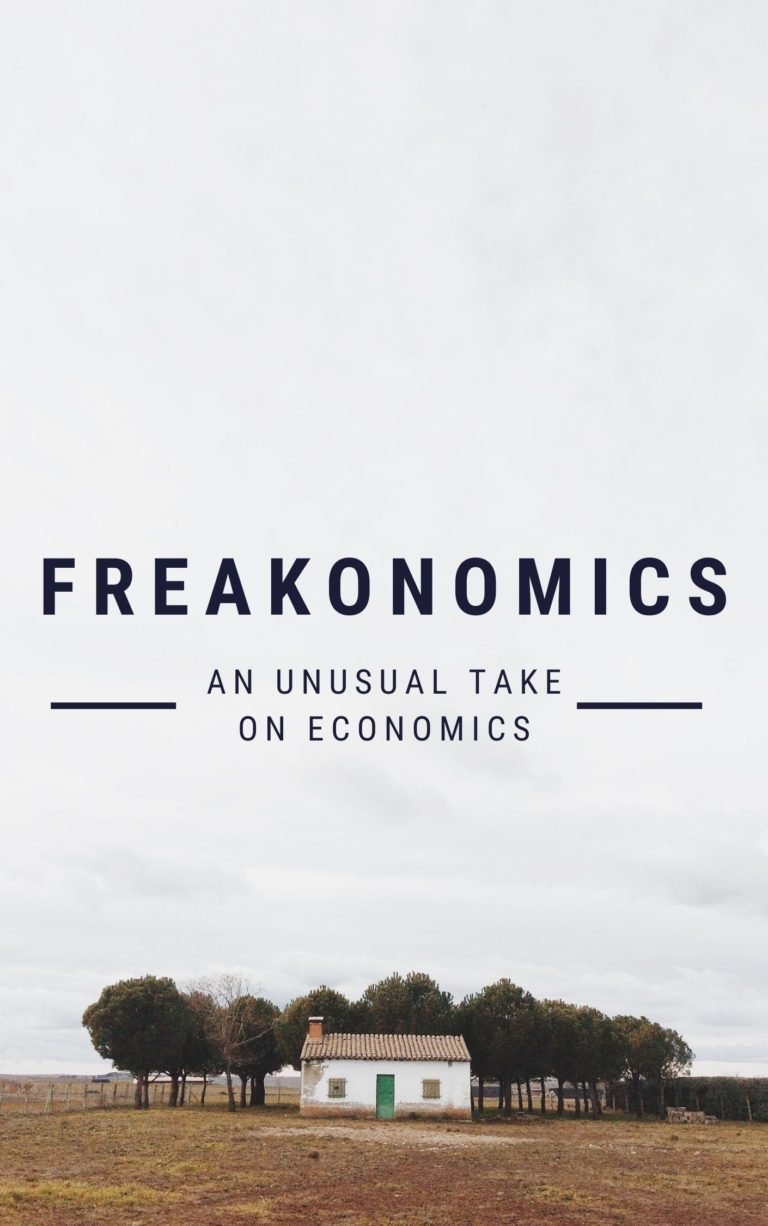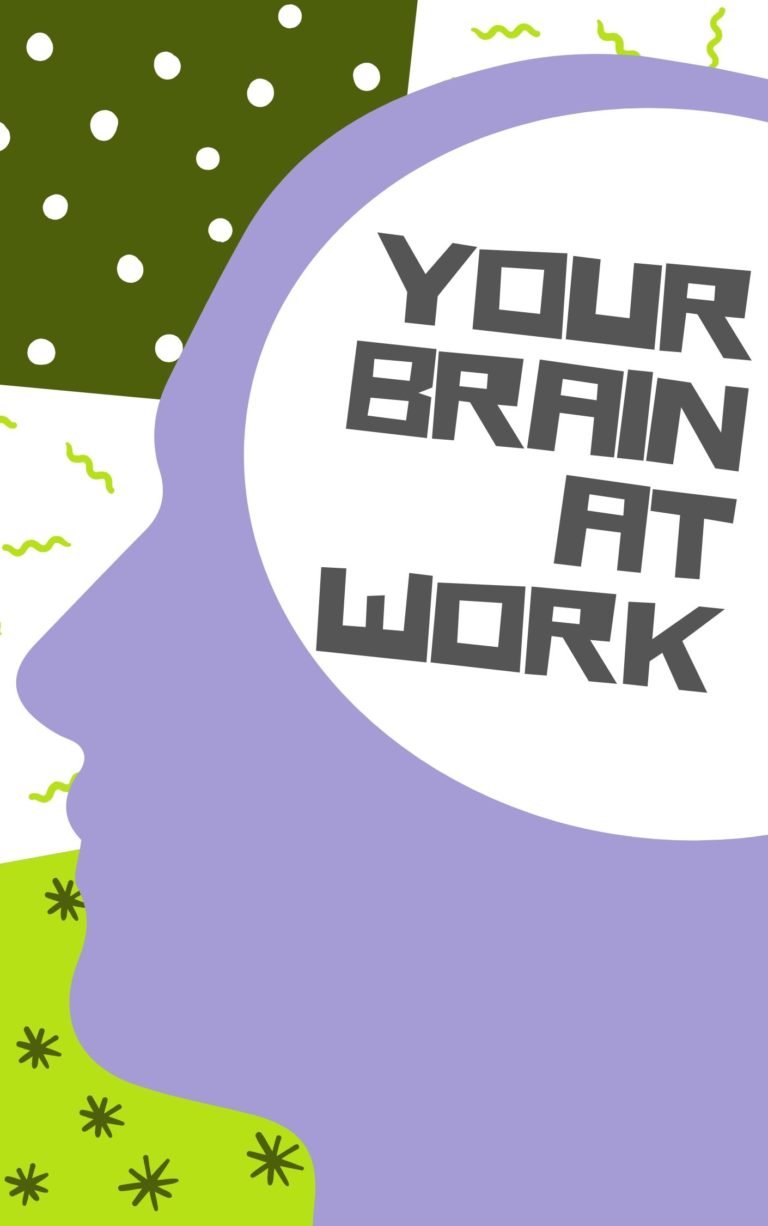Search Inside Yourself
Chade-Meng Tan
Rating: 8.2
“Google engineer, Chade-Meng Tan’s book shows that to avoid certain kinds of results, you need to change the conditions that give rise to them. If you change the habitual patterns of your mind, you can change their resulting attitudes and emotions and find peace and inner happiness.”
-His Holiness the Dalai Lama
Contents
Jolly Good Fellow
Before Chade-Meng Tan’s retirement in 2015, his title at Google was Jolly Good Fellow (as in the lyric “which nobody can deny”). Like much in this intermittently fascinating, intermittently self-aggrandizing guide to mindfulness and meditation – and how to apply them for profit and career fulfillment – Meng’s title is both endearing and irritating. It’s endearing because his tone throughout this guide, while impersonal, conveys a high level of jolliness and warmth. He seeks to spread “good” by encouraging everyone to meditate and reach new levels of mindfulness. It’s irritating because his philosophy places even the ancient art of meditation in the hands of the Google monolith.
Gauging Happiness
Meng intends to teach you “contemplative practices” that – aside from having the imprimatur of the ages – can make you happier. He is committed to these practices personally and professionally. He explains that determining the “relative activation” of an area of your brain’s left prefrontal cortex as compared with its right prefrontal cortex gives you a reliable indication of your happiness. The greater the activity in the left prefrontal cortex, the more you register delight, passion and energy. More right-side activity means darker emotions. Meng is the first Google engineer to abandon engineering for “People Ops” – Google’s name for human resources. He took this extraordinary step so he could teach “emotional intelligence” to Googlers. He was part of a team – “including a Zen master, a CEO, a Stanford University scientist and [author] Daniel Goleman” – that created the three-step “Search Inside Yourself” program, which has been part of Google’s curriculum since 2007. The steps are:
- “Attention training” – Governing your ever-wandering attention means finding calmness and clarity. A calm mind can look inward.
- “Self-knowledge and self-mastery” – When you can control your attention, apply it to your “cognitive and emotive processes.” This lets you consider your “thought stream” and how your emotions function.
- “Creating useful mental habits” – Harmful mental behaviors include jealousy, resentment and self-doubt. Meng suggests adopting a counter-balancing mental habit, such as wishing sincerely for the best outcomes for everyone you encounter.
Meng cites Goleman’s five-part definition of “emotional intelligence”: “Self-awareness” means that you know what you feel and intuit – and that you know your mental and emotional strengths and weaknesses. “Self-regulation” means handling your inner feelings and impulses. “Motivation” is your drive to achieve what you seek. “Empathy” means recognizing others’ feelings. “Social skills” have a specific, self-serving job: to get other people to do what you want.
Meditation
Meng’s explanation of meditation as “mental training” highlights his motivation to be of service. He teaches that just beginning to meditate will lead you to a state of being simultaneously “alert and relaxed.” Meditation improves your focus without anxiety. Think of meditation as exercise. For example, you push against resistance when you lift weights and you push against fatigue when you go for a run. As you develop patience, strength and skill, you encounter less resistance. The more you meditate, the less resistance you will encounter from your mind and emotions.
Meng explains patiently that every meditation starts with an intention. Your intention might be just to feel less stressed. After you identify your intention, sit quietly and “follow your breath” – that is, heed your breathing in and out to “gather your attention.” You’ll feel a moment of calm. As you improve your meditation practice, this period might last for hours. In the beginning, it will last only a few seconds until you become distracted. Meng warns that most people’s first distraction is “self-criticism.” Recognize that even punishing ideas are merely thoughts – “clouds across the sky.” Let each notion pass, and focus again on breathing. This process increases your awareness of patterns in your thinking and emotions. To help decrease “self-hatred” and negative self-talk, Meng coaches you to shift your thoughts to a mode of “self-directed kindness.”
Breath and Posture
Sitting correctly fosters alertness and relaxation. The traditional posture, as Meng shows, includes a straight back; legs in the lotus position; shoulders relaxed, “up and back”; chin down; eyes closed or looking at nothing in particular; tongue touching the upper palate; and lips slightly open with a relaxed jaw. As you breathe, lift your ribs. As you exhale, drop your shoulders but keep your spine straight. Noise, physical sensation or thoughts can distract you; if that happens, Meng instructs, just “acknowledge” that you’re distracted. Don’t judge or react to the sensation. If you do react, like being startled, stay mindful through the reaction, and keep going.
Self-Awareness Competencies
Meditation builds mindfulness, which builds self-awareness. As you become self-aware, Meng points out, you will develop several useful competencies. The first is “emotional awareness,” the ability to identify your emotions and how they affect you. The next is “accurate self-assessment,” how to gauge your strengths and limits with objectivity. And you will develop “self-confidence,” an understanding of your worth and abilities. Meng goes on at some length about the tactical value of self-confidence at work. He shows how it causes others to believe in and follow you. He cites studies saying that self-confidence can matter more to your career success than setting goals.
Meng proposes a well-known mindfulness exercise that increases relaxation, reduces stress and nourishes focus. The body scan involves sitting quietly for two minutes while focusing on your breathing and nothing else. Then mentally move down your body, focusing on all you feel in each area in turn, while concentrating on your breath. Focus on each area of your body for one minute. Focus on the top of your head, your ears and the back of your head; then on your forehead, eyes, cheeks, nose, lips and mouth; then on your neck and shoulders; then on your back; then on your chest and stomach; and then on your entire body at once. You can perform a body scan any time you’re stressed, when you first wake up, before you go to sleep or whenever you like. Ever practical as well as spiritual, Meng offers it as a productivity tool.
You and Your Emotions
Meng teaches that you are not your emotions. They don’t define you. You may be used to saying that you’re happy or sad, as if these states make up your entire identity. As you meditate and gain mindfulness, you’ll learn one of the most important and enduring lessons of mindfulness: Your emotions are only “what you feel.” You can evolve to understanding that emotions are just your physiological reaction to stimuli and to being able to master them, thanks to master Meng, who turns out to be quite a good fellow after all.






